Chilligola Rosogollas – the chilli infused sweet has attained cult status
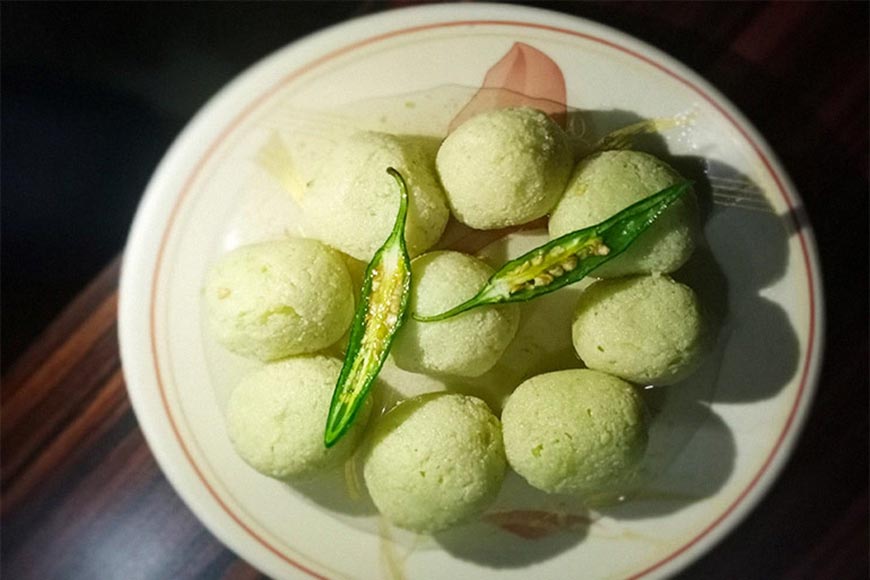
While the world of Bengali sweets is expansive, there are few that have attained ‘cult’ status not only among Bengalis, but in other parts of the country and the world as well. The ‘mishti’ (sweetmeat) that made Bengal famous on the global map, was created by Sri Nabin Chandra Das in his small shop in Bagbazar, in the latter part of the 19th-century. But times have changed and so have tastes. The contemporary ‘Moira’ community (traditionally associated with sweet-making in Bengal) does not want to restrict itself to the traditional sweets or the new east-west fusion stuff. There are skilled sweetmeat makers like Soumen Das who want to give wings to their creativity and produce something unique for the discerning foodie.
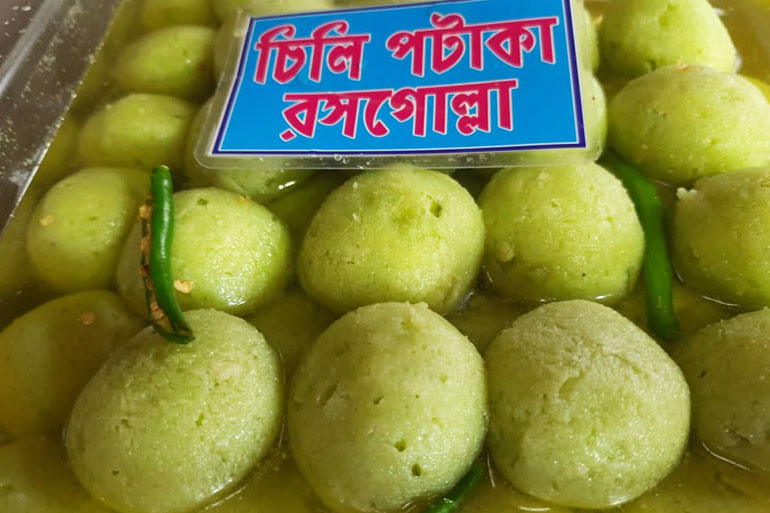
Netaji Mishtanna Bhandar is a sprawling sweetmeat shop in the heart of Burdwan. Take a walk down B.C Road, close to the Curzon Gate and you cannot miss the shop on the right-hand side of the road where you will encounter Das’ friendly grin from behind the counter as he gets up to greet and usher in any passerby. He is the creator of ‘Chilligolla,’ or chilli-flavoured ‘Rosogolla,’ for those who have the gall to take in the ‘hotness’ with each bite of the sweet rosogolla. Not just ‘Chilligolla,’ he has also created delectable flavours like ‘Tentulgolla’ (tamarind flavoured rosogolla), Strawberrygolla, chilli-kalakand and is raring to go and try out his hands with other flavours. The unusual flavours have already attracted a large clientele and every day, around 15 kgs of Chilligolla gets sold from the shop.
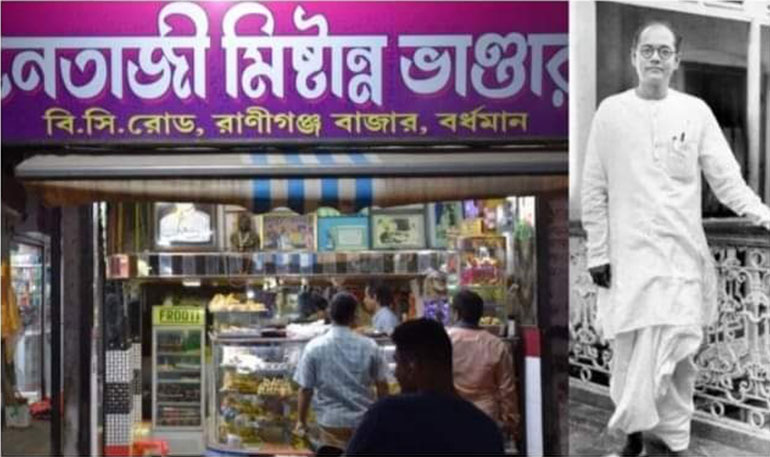
The prominent presence of sweets in Bengali cuisine can be noted throughout history. Ancient Bengal was known as ‘Gauda Banga’, a name believed to have come from the term ‘Gur’ or molasses that were harvested in abundance in the region. The early Bengali sweets were made from the delicious jaggery or molasses and coconuts. The practice of using ‘chhana’ came much later. Early Bengal learned the use of refining sugar to make some of the tastiest sweetmeats. ‘Monda’ made from sugar lumps and ‘batasha’ was the simplest of sweets made from sugar. The traditional delicacies, ‘pithe’ and ‘payesh’ have been ruling the Bengali platter from days of the yore. The introduction of ‘chhana’ in Bengali cuisine happened after the Portuguese invaded Bengal, yet it’s interesting how today most of the characteristic Bengali sweets are made primarily from fresh ‘chhana’ (cottage cheese) and sugar.
But how did the idea of Chilligola come? Das confesses, the annual Rasogolla Utsav (festival) at Bagbazar was behind this invention. In 2018, this festival was organised by the renowned K.C. Das brand and he was asked to participate in the fest as a representative of the Burdwan Sitabhog Mihidana Welfare Association. He wanted to create something unique to make a mark at the fest. A brainstorming session later, he zeroed in on the concept of creating chilli-flavoured rosogolla. The new sweet was an immediate hit and it created quite a stir in the city. From then on, there was no looking back for Soumen Babu.
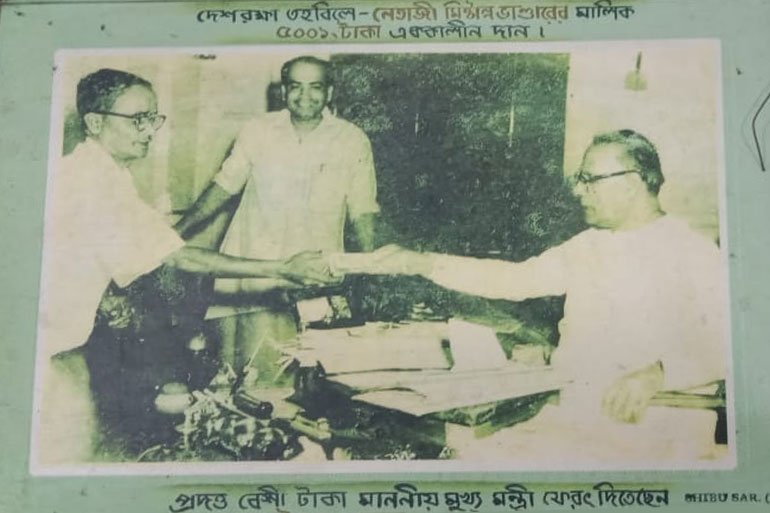
The Chilligollas sell like hot cakes for Rs 6 a piece. Soumen Babu magnanimously shared the recipe as well. The first step is to take off the seeds from green chillies and make a paste with kiwis (for the green colour and tangy flavour). The paste is then mixed with Chhana (cottage cheese). After this the traditional rosogolla making process is followed. After the Chilligollas are soaked in syrup, the next step is presentation. A chilli is slit into two halves and placed atop each Chilligolla and served thus.
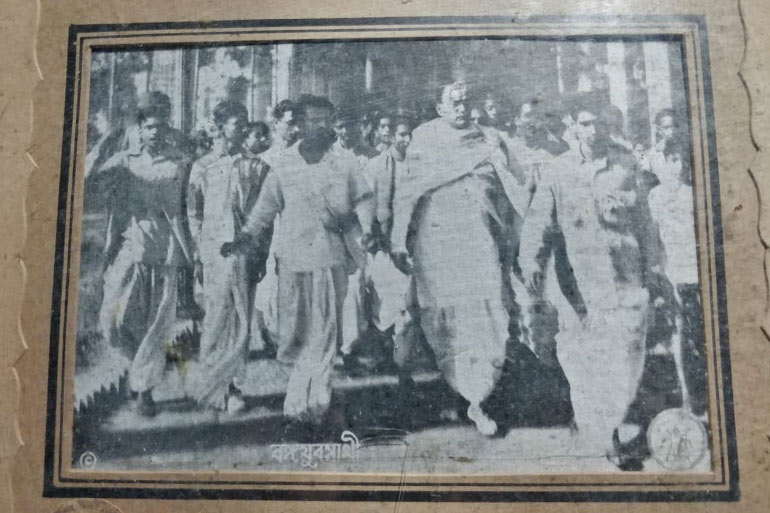
There is another interesting anecdote associated with the name of this shop. This shop was set up in Burdwan in 1938. That very year, Netaji Subhash Chandra Bose went to Burdwan to attend a programme organised by the Burdwan Municipality. On his way to the event, he suddenly entered the shop – unannounced. The moment was frozen in time and a sepia print of Netaji and his associates crowding in the shop hangs as a prized trophy. Over time, so much has changed and Netaji Mishtanna Bhandar has moved on but in its heart, it still carries a slice of the country’s glorious past.
Image Courtesy : Diptiprakash Dey










